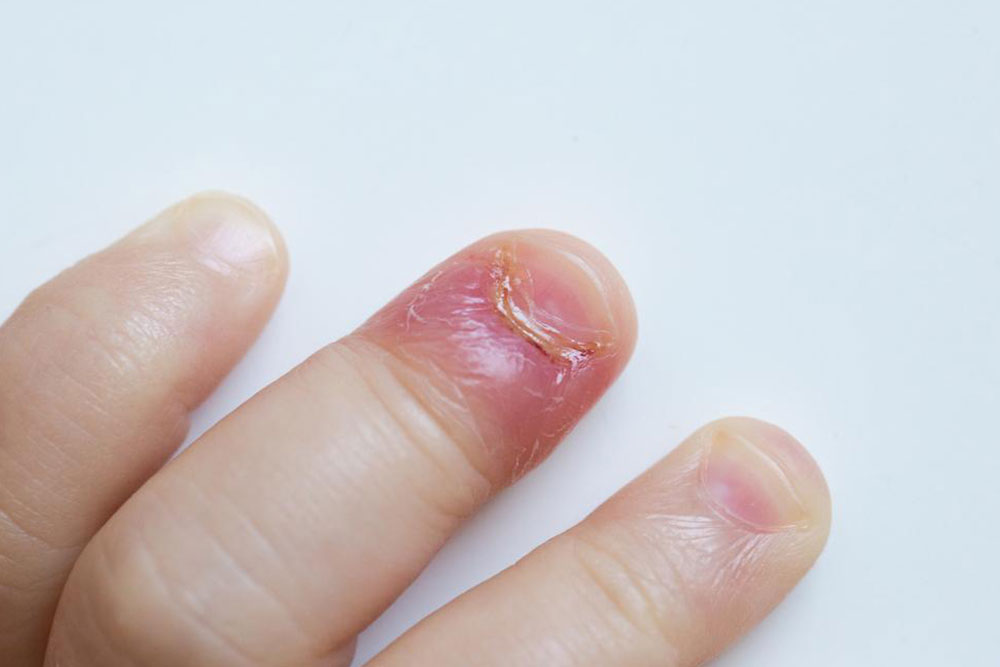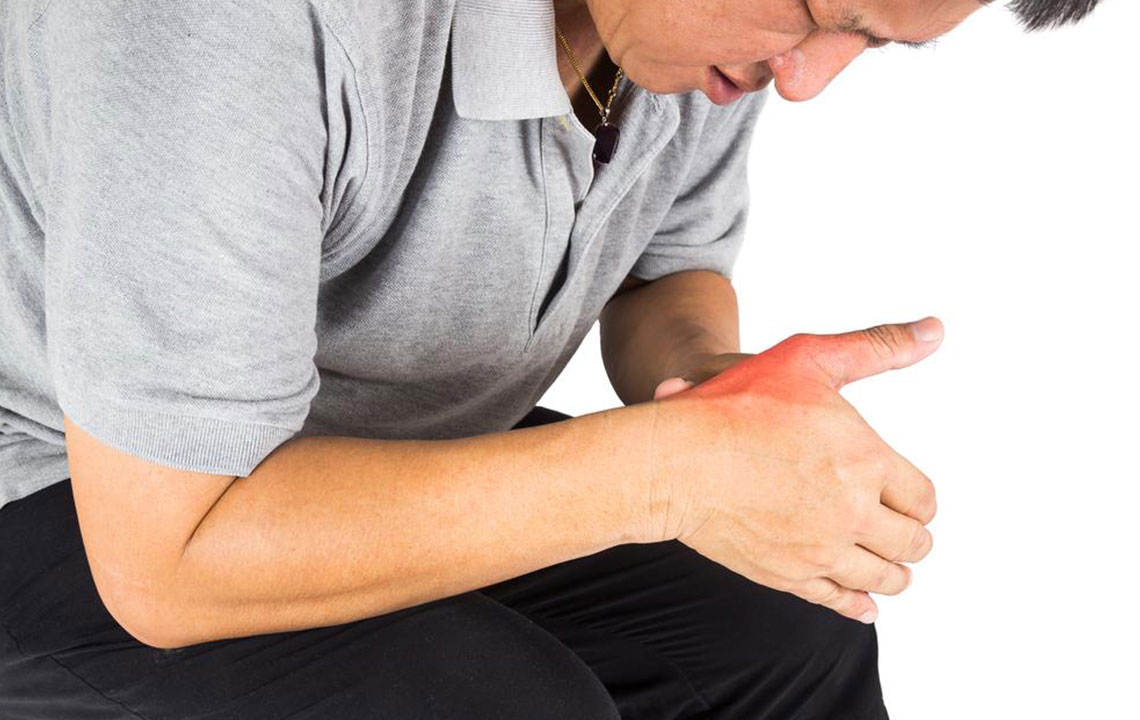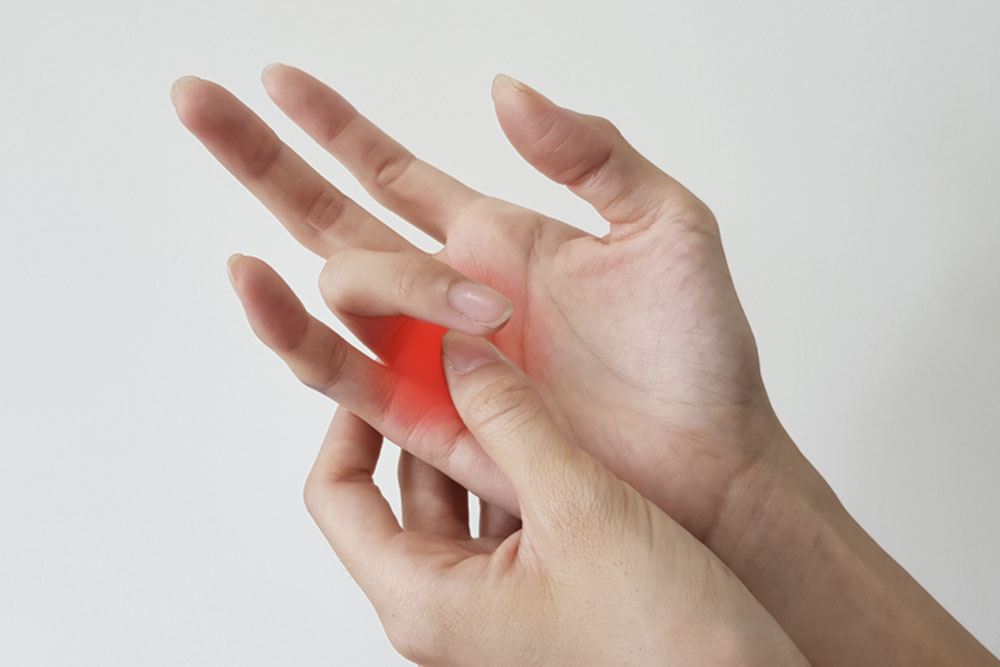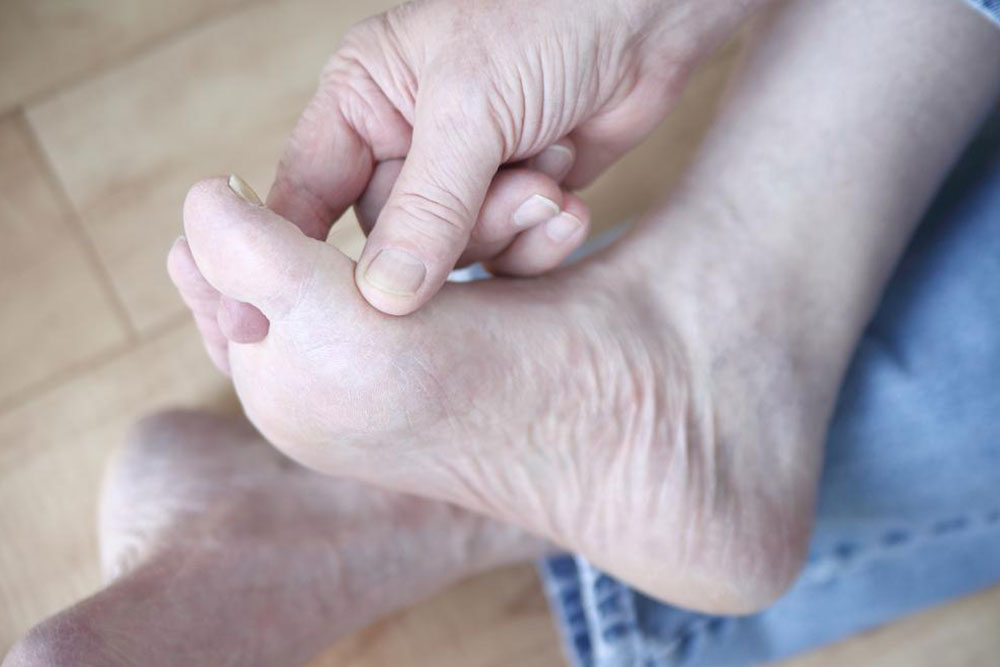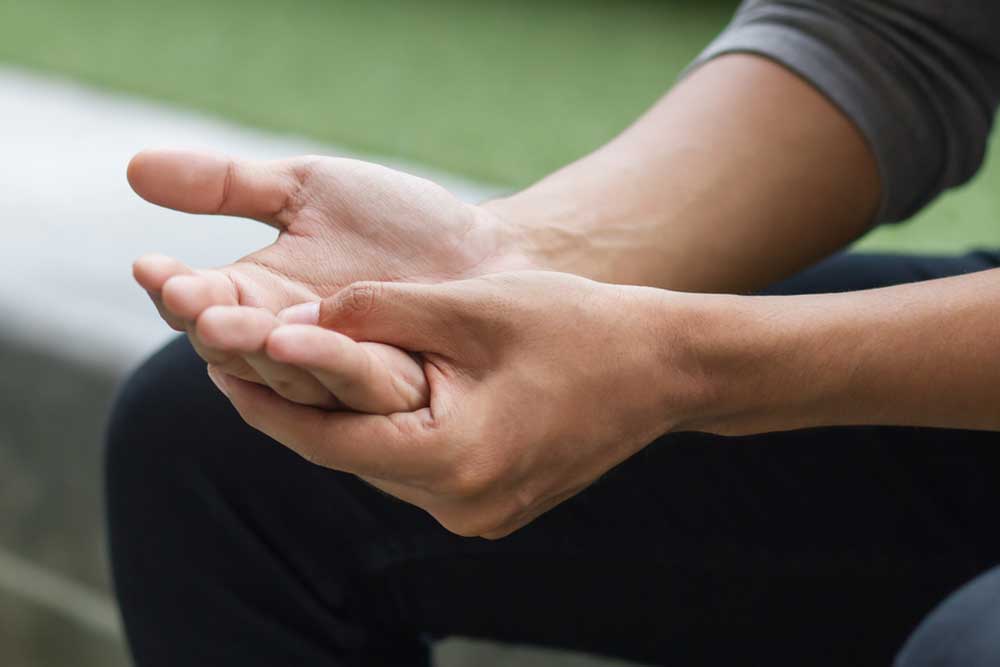Comprehensive Guide to Trigger Finger: Causes, Symptoms, and Treatment Options
This comprehensive article explains trigger finger, highlighting its causes, symptoms, and available treatments. It covers non-surgical options like splints, exercises, and home remedies, as well as surgical procedures for severe cases. Understanding risk factors such as health conditions, age, gender, and occupational demands can help in early diagnosis and management. Learn how tendons work in finger movement and what steps to take for relief, ensuring optimal hand health.
Comprehensive Guide to Trigger Finger: Causes, Symptoms, and Treatment Options
Trigger finger is a medical condition where fingers become stuck in a bent position, causing pain and stiffness during movement. Also called stenosing tenosynovitis, it commonly affects individuals engaged in repetitive gripping tasks, such as farmers, artists, or retail workers. Women and people with diabetes are at higher risk. When confined to the thumb, it’s termed trigger thumb. Symptoms include a tender lump at the finger base and locking sensations, often worse after inactivity or waking up.
Symptoms Overview
Patients typically notice a bump near the palm side of the affected finger, along with difficulty fully straightening or bending the finger. Clicking or locking feels are common, especially after periods of rest. Severe cases can cause the finger to stay locked or require assistance to straighten.
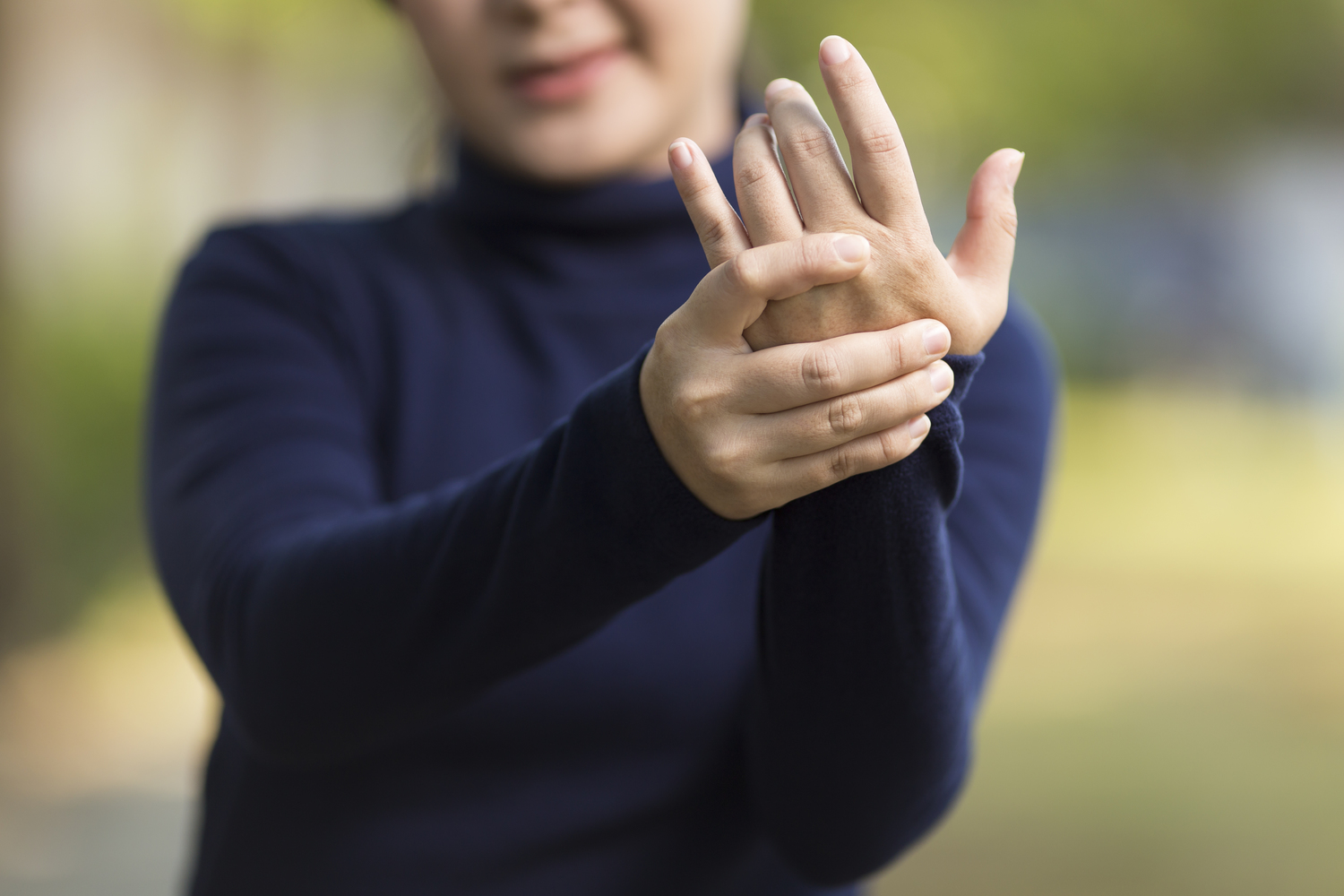
Treatment begins with non-surgical options based on severity. Common approaches include:
Medical Care: Physician-prescribed therapies such as anti-inflammatory medications.
Splinting: Wearing a supportive device to keep the finger extended, especially at night, helping reduce locking and relieve discomfort.
Stretching Exercises: Gentle finger and wrist stretches, or activities like kneading clay, can improve flexibility.
Rest and Activity Modification: Avoid tasks that strain the affected fingers; padded gloves can help if activity is unavoidable.
Home Remedies: Soaking hands in warm water with essential oils enhances blood flow and eases pain.
Massages: Gentle finger and hand massages may provide relief, but consult a healthcare provider first.
Severe cases may require advanced procedures such as:
Percutaneous Release: Using a fine needle to loosen constricted tissue without an incision, a cost-effective alternative to surgery.
Trigger Finger Release Surgery: Small incision to cut the constricted tissue, restoring smooth tendon movement.
Post-treatment physical therapy may be recommended to optimize recovery.Understanding trigger finger involves knowing that flexor tendons control finger movements, passing through protective sheaths. When tendons become inflamed and swollen, they can snag or pop, causing locking. Factors like rheumatoid arthritis, gout, diabetes, age (40-60 years), women, and repetitive occupational tasks increase susceptibility.


